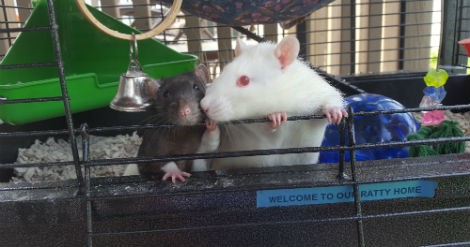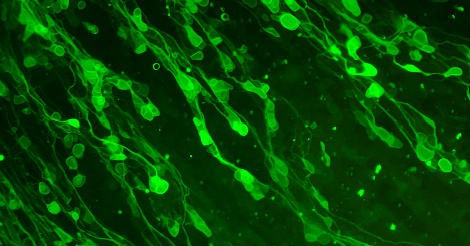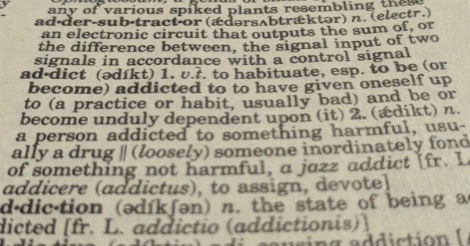Public scholars
Milan Valyear
I study brain mechanisms and the cues that make us want to drink alcohol. Using an animal model, I can manipulate defined neural circuits that underlie this effect.
Milan Valyear has a Master’s degree in psychology from Wilfrid Laurier University and is currently a doctoral candidate at the Center for Studies in Behavioral Neurobiology at Concordia. He studies addiction and is particularly interested in the neural systems that control how cues in the environment trigger relapse. Using cutting-edge neuroscience tools, he is able to silence specific neural pathways when rats are presented with alcohol cues and observe how they respond.
Join the conversation
MILAN VALYEAR: what brain mechanisms make us want to drink alcohol
News
-
Nura Jabagi, Younes Medkour and Milan Valyear organized an interactive STEM event for Dawson College students. Read more
Milan's blog posts
-
 The work required to produce a set of experiments for publication in a reputable biology journal has increased and this has consequences for scientists, students and knowledge dissemination in general. Read more
The work required to produce a set of experiments for publication in a reputable biology journal has increased and this has consequences for scientists, students and knowledge dissemination in general. Read more -
 A Google trend analysis for the search term "sugar" in Canada reveals that, while interest in sugar has grown over time, it consistently spikes in December every year. Read more
A Google trend analysis for the search term "sugar" in Canada reveals that, while interest in sugar has grown over time, it consistently spikes in December every year. Read more -
 It is tempting to assert that rats and humans accomplish tasks through similar psychological means. Read more
It is tempting to assert that rats and humans accomplish tasks through similar psychological means. Read more -
 In this post, I reflect on how neuroscientists have been able to examine the brain with increasing specificity over time and discuss the importance of cautiously adopting new technologies in modern neuroscience. Read more
In this post, I reflect on how neuroscientists have been able to examine the brain with increasing specificity over time and discuss the importance of cautiously adopting new technologies in modern neuroscience. Read more -
 As a graduate student studying addiction in rats, I often find it difficult to define my discipline in exact parameters because of the different ways addiction can be characterized depending on the lens through which it is being viewed. Read more
As a graduate student studying addiction in rats, I often find it difficult to define my discipline in exact parameters because of the different ways addiction can be characterized depending on the lens through which it is being viewed. Read more